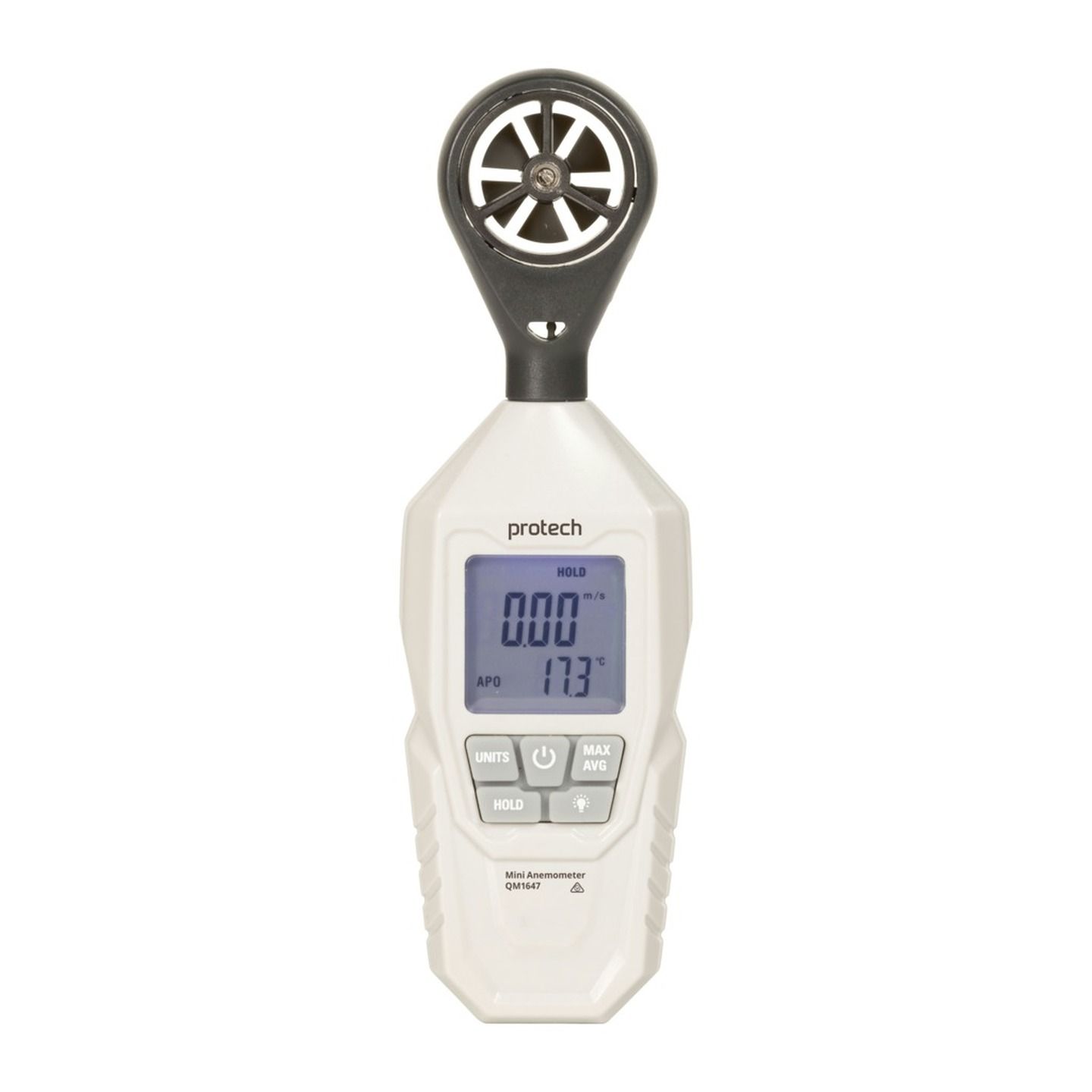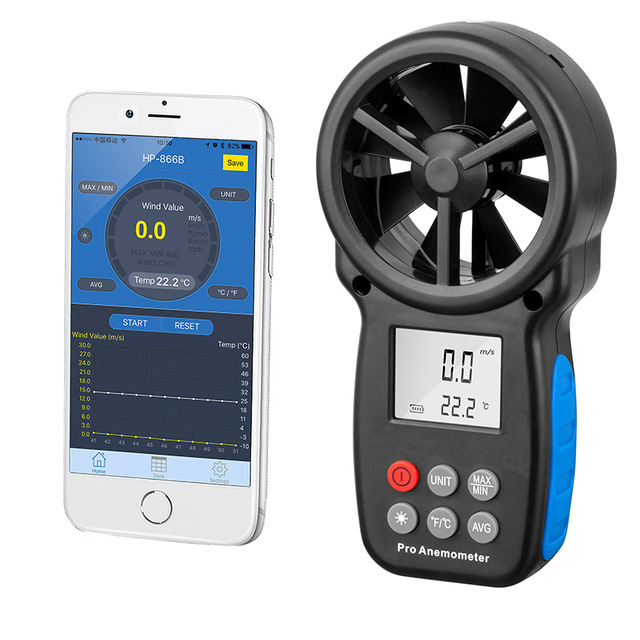Professional Tips for Calibrating Your Anemometer for Optimum Performance
Professional Tips for Calibrating Your Anemometer for Optimum Performance
Blog Article
Discovering the Functions and Advantages of Anemometers for Weather Lovers and Specialists
From mug anemometers to sonic anemometers, each type brings its unique collection of applications and benefits, shedding light on numerous facets of atmospheric conditions. As we dig right into the features and advantages of anemometers, a deeper understanding emerges not just of prevailing weather phenomena yet also of the wider effects for markets like wind power manufacturing and environmental research.
Value of Anemometers in Weather Monitoring
Anemometers play a crucial function in climate surveillance by offering precise measurements of wind rate, aiding in forecasting and understanding weather condition patterns. These tools, ranging from standard mug anemometers to modern-day ultrasonic anemometers, are necessary for meteorologists, researchers, and weather condition lovers alike.

Kinds Of Anemometers and Their Applications
With the vital function anemometers play in weather condition surveillance and projecting, recognizing the different sorts of these tools and their applications ends up being essential for specialists and lovers in the field. One of the most usual kinds of anemometers consist of cup anemometers, vane anemometers, hot-wire anemometers, and ultrasonic anemometers. Mug anemometers consist of 3 or 4 cups placed on horizontal arms that turn with the wind, determining its speed. Vane anemometers, on the other hand, utilize an easily revolving vane to straighten with the wind instructions, supplying both wind rate and instructions dimensions. Hot-wire anemometers operate based on the principle of convective heat transfer, where the cooling result of the air circulation is determined to establish wind speed. Ultrasonic anemometers utilize ultrasonic noise waves to determine wind rate and direction properly.
Each kind of anemometer has its one-of-a-kind benefits and applications. Mug anemometers are appropriate and robust for basic weather condition tracking, while vane anemometers are preferred for directional measurements. Hot-wire anemometers are sensitive to reduced air speeds, making them excellent for interior environments. Ultrasonic anemometers are non-intrusive and provide high accuracy, frequently made use of in study and specialized weather monitoring applications. Comprehending the characteristics and applications of each kind of anemometer is vital for picking one of the most ideal tool for certain climate monitoring needs.
Advantages of Making Use Of Anemometers in Projecting
In meteorology, the application of anemometers provides important benefits for improving the accuracy of weather projecting. Anemometers determine wind rate and direction, offering critical data for predicting climate patterns. By including wind data right into forecasting designs, meteorologists can much better understand the activity of weather condition systems, prepare for modifications in climatic conditions, and concern much more precise forecasts.
Moreover, anemometers play an important role in examining potential weather risks. Keeping an eye on wind rates aids forecasters anticipate severe weather condition occasions such as cyclones, tornadoes, and winter months storms with higher precision. This very early warning system allows authorities to issue timely notifies and execute view it now necessary safety procedures, lowering the threats to life and home.
In addition, anemometers aid in maximizing renewable resource manufacturing. By evaluating wind patterns, meteorologists can determine ideal locations for wind ranches and anticipate power output, adding to the reliable generation of wind power.

Anemometers in Wind Energy Production
Offered the crucial role anemometers play in supplying exact wind information for weather condition forecasting and hazard analysis, their relevance encompasses the realm of wind power production. Anemometers are vital tools in the field of wind power, where the measurement of wind rate and instructions is crucial for figuring out the feasibility and effectiveness of wind generator installments. By properly gauging wind rates at differing elevations, Clicking Here anemometers aid maximize the placement and design of wind turbines to make the most of power result.
In wind farms, anemometers are strategically put to gather real-time wind data that is made use of to assess the prospective power manufacturing of a site. This information contributes in determining the economic feasibility of wind power tasks and in projecting energy generation to make certain grid stability. In addition, anemometers help in monitoring wind conditions to maximize generator efficiency, prevent damage from high winds, and ensure the safety and security of workers operating in the location of wind generators.
Enhancing Weather Condition Comprehending With Anemometers

Anemometers play a vital role in improving our understanding of microclimates. These localized climate problems can vary substantially from broader local forecasts, making it vital to have exact data for certain locations. anemometer. By tactically positioning anemometers in different places, click for more info scientists can collect comprehensive details on exactly how wind acts in different surfaces, urban settings, or bodies of water
In addition, anemometers contribute to improving weather forecasting versions by supplying real-time data on wind habits. This details is specifically important for anticipating extreme climate events, optimizing agricultural methods, and sustaining sectors like aeronautics and maritime navigation. On the whole, anemometers are important instruments that enable us to dive deeper into the intricacies of climate systems, ultimately causing more better-informed choices and exact forecasts.
Conclusion
In verdict, anemometers play a crucial role in climate surveillance and forecasting by measuring wind rate and instructions. Anemometers likewise have applications in wind energy manufacturing, more highlighting their value in both meteorology and eco-friendly energy fields.
From mug anemometers to sonic anemometers, each kind brings its unique collection of applications and advantages, losing light on numerous facets of climatic problems. These tools, ranging from typical mug anemometers to modern-day ultrasonic anemometers, are necessary for meteorologists, researchers, and weather lovers alike. The most typical types of anemometers consist of mug anemometers, vane anemometers, hot-wire anemometers, and ultrasonic anemometers. Cup anemometers are appropriate and robust for general weather condition monitoring, while vane anemometers are preferred for directional dimensions. Anemometers are vital instruments in the area of wind energy, where the measurement of wind rate and direction is critical for determining the usefulness and efficiency of wind generator setups.
Report this page